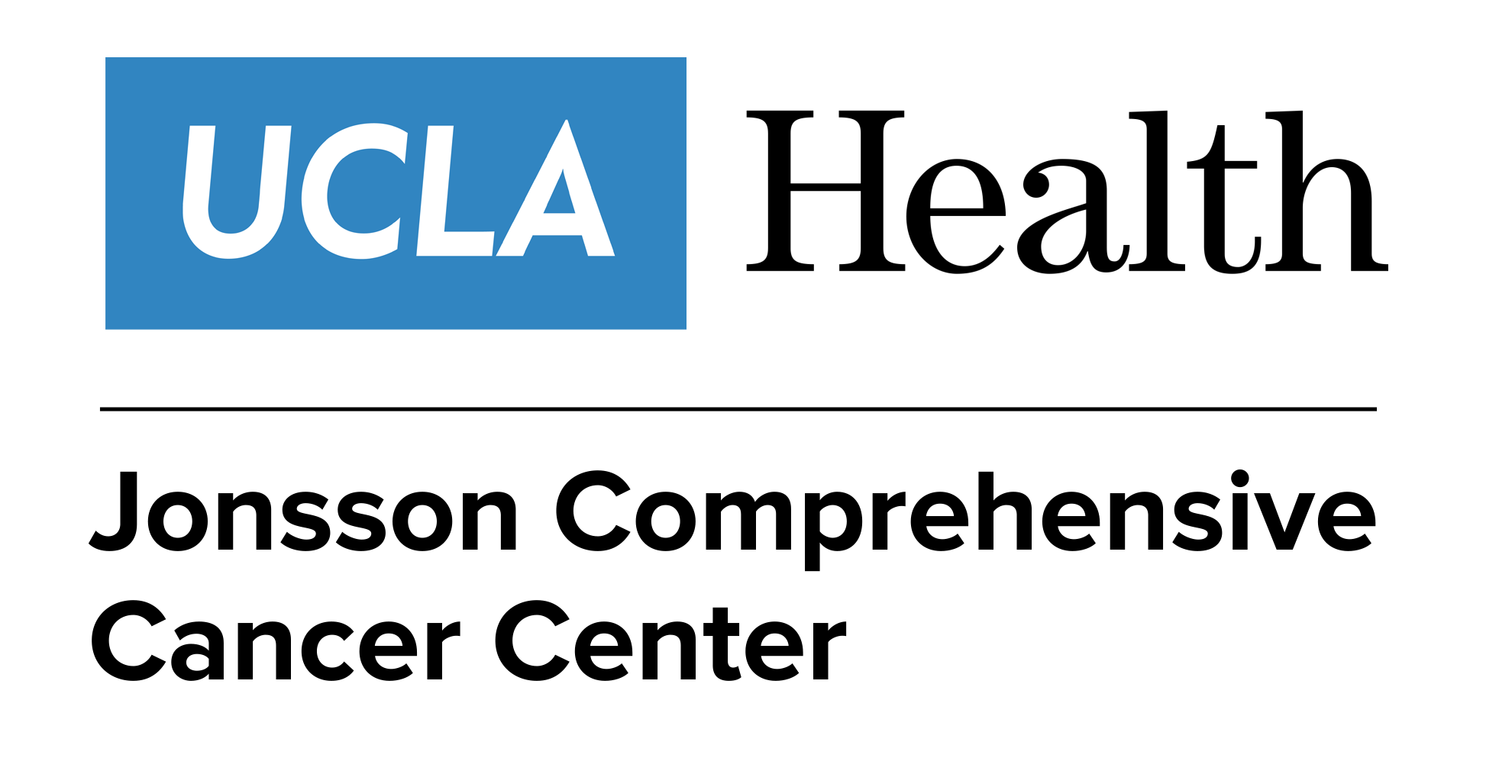
Strategies That Combine Immunotherapies With Bevacizumab, Other Agents May Expand Utility of Immunotherapy in Recurrent Ovarian Cancer

Combining immunotherapy with other targeted therapies may result in more promising outcomes than immunotherapy alone in the treatment of recurrent ovarian cancer, according to an expert at University of California, Los Angeles.
Although single-agent checkpoint inhibitors have not induced superior outcomes in patients with ovarian cancer, combining those agents with other therapies, like different checkpoint inhibitors, PARP inhibitors, and bevacizumab (Avastin), could improve the efficacy of treatment for these patients, explained Ritu Salani, MD, MBA.
“It is a very exciting time in ovarian cancer,” Salani said. “I am thrilled that there is so much investment and development of novel agents and continue [enhancement of] the strategies we have currently, such as PARP inhibitors, checkpoint inhibitors, and bevacizumab.”
Salani noted that the current limitations to these treatment strategies include potential financial and treatment-related toxicities.
In an interview with OncLive®, a sister publication of Oncology Nursing News, during an Institutional Perspectives in Cancer webinar on gynecologic cancer, Salani, division director for Gynecologic Oncology and professor of obstetrics and gynecology at the University of California, Los Angeles, discussed the clinical rationale to evaluate combination strategies with immunotherapy in ovarian cancer, as well as novel agents in clinical development that could further influence the treatment paradigm.
OncLive®: How may immunotherapy combinations improve upon the lackluster responses observed with single-agent checkpoint inhibitors thus far in recurrent ovarian cancer?
Salani: Novel immunotherapy, predominantly with checkpoint inhibitor strategies, have been really disappointing in the treatment of [patients with] recurrent ovarian cancer. With single agents, we are seeing response rates that are modest at best.
There are some opportunities for combination therapy. One exciting avenue is whether there is a role for immunotherapy combinations with checkpoint inhibitors and bevacizumab, [with or without PARP inhibitors]. We are seeing some provocative response rates in limited subsets. This is a potential opportunity to enhance the care of our patients. It will be challenging in patients who may have received PARP inhibitors [in earlier lines of therapy], so that may put a bit of a wrinkle in the therapy approaches. It may be an opportunity for patients who have not received [PARP inhibitors].
We do have to mindful of toxicities with these 3 treatments in the recurrent setting, especially for patients who have been heavily pretreated. [We also must be aware] of the potential financial toxicities from these approaches. Once we continue to explore these avenues, we need to find a balance between the physical, emotional, and financial toxicities and response rates.
What is the scientific rationale to combine PARP inhibitors with checkpoint inhibitors?
Something exciting about combinations with PARP inhibitors and immunotherapy is that it is kind of based off capitalizing on DNA damage repair and priming the immune system so that immunotherapy can be more active in these tumors that are not essentially “hot.” We are capitalizing on exploiting one deficiency to make it opportunistic for immunotherapy.
In the preliminary, limited data that we have seen from small, phase 2 trials, this combination of checkpoint inhibitors and PARP inhibitors has shown some provocative response rates. What is more exciting is the combination of VEGF inhibitors, such as bevacizumab, [plus checkpoint inhibitors]. We are seeing that combining these agents might have a synergistic effect in patients with ovarian cancer.
This is independent of BRCA status or homologous recombination deficient [HRD] status or the biomarkers that we use for immunotherapy, such as PD-L1 expression.
The phase 3 PRIMA study (NCT02655016) evaluated niraparib (Zejula) vs placebo in patients with stage III or IV ovarian cancer. Could you discuss the efficacy and safety profile observed with the PARP inhibitor in this trial and what the next steps might be with niraparib?
The PRIMA trial was exciting because it was the first study to look at all-comers for PARP inhibitor maintenance strategies after frontline chemotherapy in advanced ovarian cancer. [The trial] looked at a very complicated cohort of patients.
The next steps for niraparib in ovarian cancer are to continue to capitalize on these tumors. We know that patients with BRCA mutations and, for the most part, patients with HRD tumors should be offered a PARP inhibitor in frontline strategies.
Determining what the best treatment is for those homologous recombination proficient patients, as well as for patients in the recurrent setting who may not have received PARP inhibitors, [will be important]. Perhaps [utilizing] single-agent niraparib is not the right choice, but maybe [niraparib] in combination with bevacizumab or a checkpoint inhibitor would be the next best steps.
What investigational agents are you keeping your eyes on in the ovarian cancer pipeline?
The future of ovarian cancer is exciting. As we further refine the role of PARP inhibitors and understand that role, we are going to be looking at novel strategies outside of the world of immunotherapy and PARP inhibitors. Some exciting opportunities include mirvetuximab soravtansine, which is targeting folate receptor alpha; that is highly expressed in ovarian cancer. [Mirvetuximab soravtansine can be used] as a single agent or in combination with chemotherapy or bevacizumab. Those studies are ongoing.
Some interesting trials are [evaluating novel agents] in combination with weekly paclitaxel in patients with platinum-resistant ovarian cancer. This includes using VB-111, which is gene therapy targeting tumor vascular and the immune response, tumor treatment fields, and AVB-500, which targets AXL and neutralizes GAS6. These are exciting preliminary studies, so I look forward to what future trials show. These may help to change the treatment landscape of women with platinum-resistant ovarian cancers.
In the recurrent ovarian cancer landscape, we need to enroll [patients on] clinical trials so that we understand the [implications] of these treatments regarding toxicity on our patients. Then, we can provide these patients with the best outcomes and minimal toxicity risk from our therapies.
Newsletter
Knowledge is power. Don’t miss the most recent breakthroughs in cancer care.
















































































